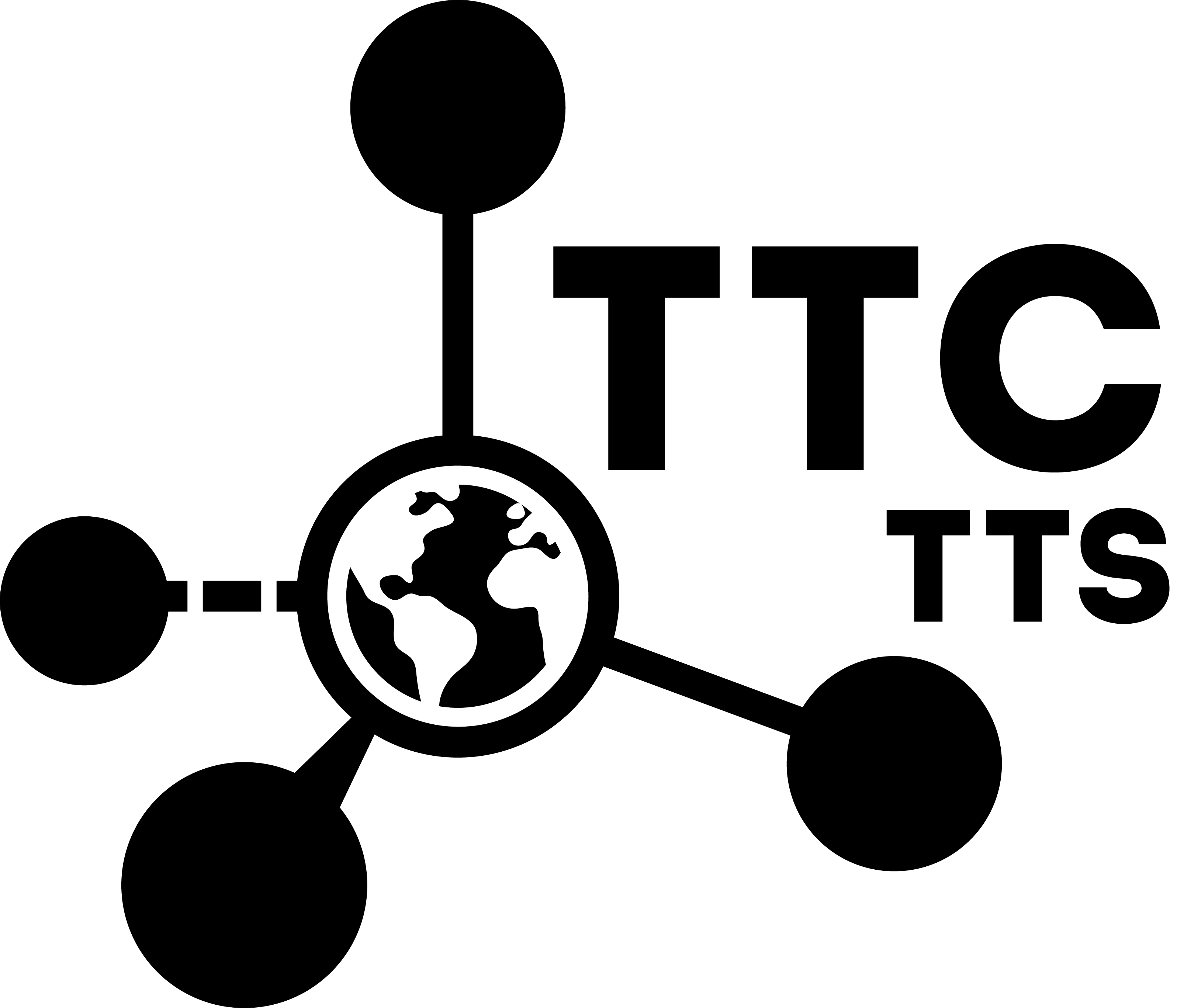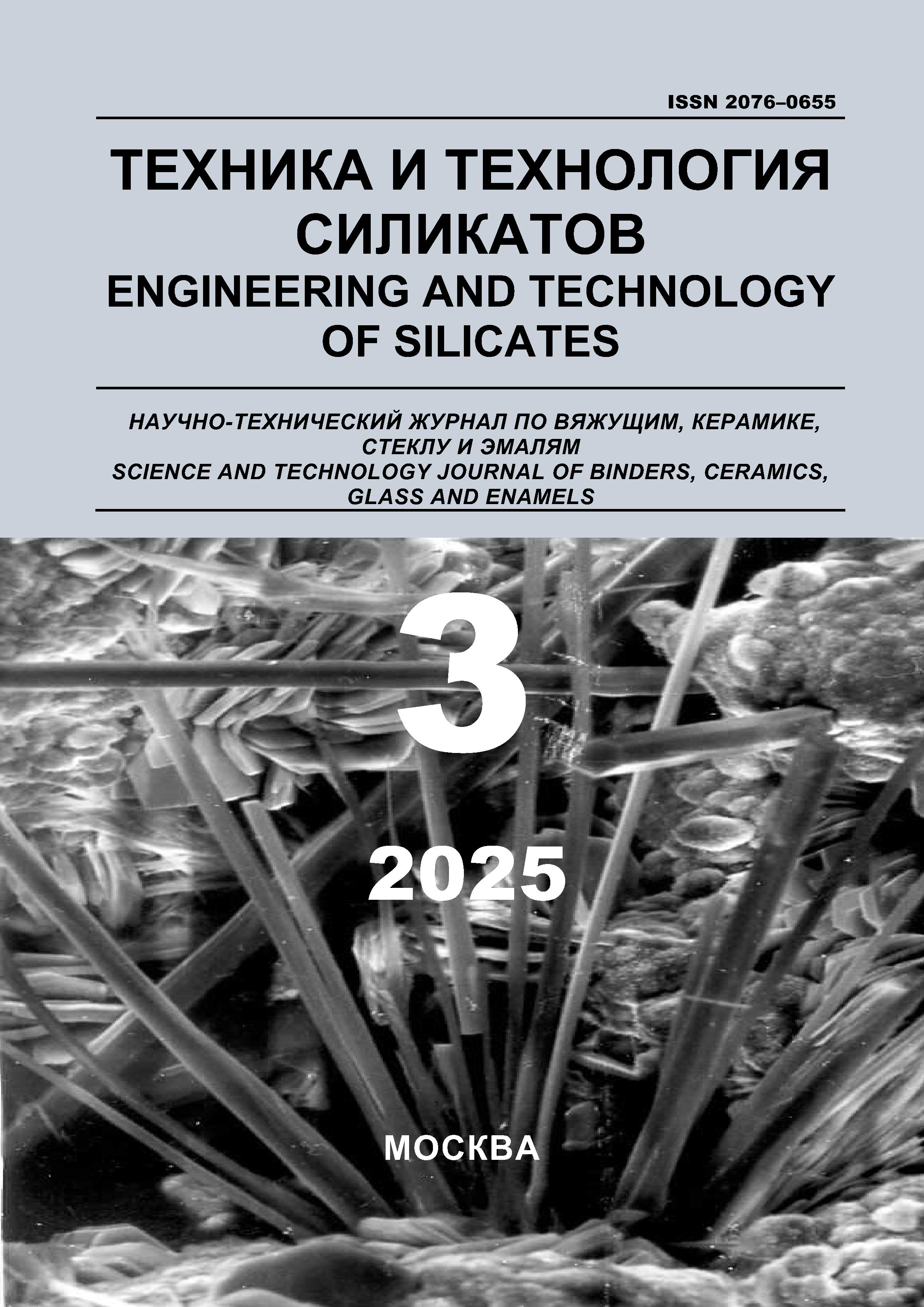employee
Moscow, Moscow, Russian Federation
UDC 691.168
CSCSTI 67.09
Russian Classification of Professions by Education 08.06.01
Russian Library and Bibliographic Classification 383
Russian Trade and Bibliographic Classification 54
The technical efficiency of using the encapsulated modifier for self-healing of asphalt concrete consists of both a set of indicators of the quality of asphalt concrete, ensuring its functioning in the structure, and the ability to resist operational factors and preserve the original properties. The economic efficiency of using the encapsulated modifier for self-healing of asphalt concrete is ensured by reducing the costs of producing a unit of product with increased quality indicators, as well as reducing the costs of repair and maintenance of roads due to an increase in the period of repair-free operation. The pa-per assesses the technical and economic efficiency of using the encapsulated modifier for self-healing of asphalt concrete by changing the quality of the material δQs, which is achieved per unit of product taking into account the change in its cost δC due to the use of additional components. The quality of asphalt concrete is determined by a set of properties that are characterized by the corresponding indicators of physical, mechanical, operational properties and self-healing properties. The quality of the material Qs at any time from the beginning of operation can be assessed using a multiplicative-additive function. The use of an encapsulated modifier with an AR-polymer as a reducing agent and activator in the amount of 3% and 3.5% of the bitumen mass, respectively, contributes to an increase in the cost of one ton of crushed stone mastic mixture by 20%. The quality of asphalt concrete with an encapsulated AR-polymer increases by 30% with equal weight coefficients. The technical and economic efficiency of asphalt concrete with an encapsulated AR-polymer is 54% higher than that of traditional SMA-15.
self-healing, asphalt concrete, encapsulated modifier, technical and economic efficiency, costs, durability
1. Vol'fson S.I., Hakimullin Yu.N., Zakirova L.Yu., Husainov A.D., Vol'fson I.S., Makarov D.B., Hozin V.G. Modifikaciya bitumov, kak sposob povysheniya ih ekspluatacionnyh svoystv // Vestnik Tehnologichesko-go universiteta. 2016. T. 19. № 17. S. 29-33.
2. Shestakov N.I., Urhanova L.A., Buyantuev S.L., Seme-nov A.P., Smirnyagina N.N. Asfal'tobeton s ispol'zovaniem uglerodnyh nanomodifikatorov // Vestnik Belgorodskogo gosudarstvennogo tehnologicheskogo universiteta im. V.G. Shuhova. 2015. № 6. S. 21-24.
3. Lesovik R.V., Kaftaeva M.V., Shapovalov S.M., Belo-brova S.A. Ispol'zovanie tehnogennyh peskov v do-rozhnom stroitel'stve // Stroitel'nye materialy. 2007. № 8. S. 58-59.
4. Prihod'ko V.M., Vasil'ev Yu.E. Innovacionnye razrabotki MADI dlya transportnogo stroitel'stva // Promyshlennoe i grazhdanskoe stroitel'stvo. 2014. № 12. S. 37-40.
5. Yadykina V.V., Gridchin A.M., Holopov V.S., Trautvain A.I. Dobavka v asfal'tobetonnye smesi dlya prodleniya sezona dorozhnogo stroitel'stva // Funda-mental'nye issledovaniya. 2014. № 11-11. S. 2395-2399.
6. Dmitrieva T.V., Kucyna N.P., Bezrodnyh A.A., Stro-kova V.V., Markova I.Yu. Effektivnost' ukrepleniya tehnogennogo grunta mineral'nymi modifikatorami // Vestnik Belgorodskogo gosudarstvennogo tehnologi-cheskogo universiteta im. V.G. Shuhova. 2019. № 7. S. 14-23. http://doi.org/10.34031/article_5d14bdcc8eca43.21244159.
7. Samchenko S.V., Larsen O.A., Kozlova I.V., Alpackiy D.G., Alobaidi D.A.N. Concrete modification for hot weather using crushed dolomite stone // Buildings. 2023. Vol. 13. № 10. P. 2462. http://doi.org/10.3390/buildings13102462 .
8. Smirnov D.S., Bulanov P.E., Utyasheva L.R. Fiziko-mehanicheskie harakteristiki rezino-bitumnyh vyazhu-schih // Izvestiya Kazanskogo gosudarstvennogo arhitekturno-stroitel'nogo universiteta. 2023. № 4 (66). S. 328-336. http://doi.org/10.52409/20731523_2023_4_328 .
9. Efa A.K., Zhurauskas A.V., Akulov A.P., Galkin S.V., Osipov V.N. Schebenochno-mastichnyy asfal'tobeton. Teoreticheskie osnovy, praktika primeneniya // Stroi-tel'nye materialy. 2003. № 1. S. 22-23.
10. Inozemcev S.S., Korolev E.V., Inozemcev A.S., Le H.T., Matyushin E.V. Samovosstanovlenie v stroitel'-nom materialovedenii: osnovnye terminy i sposoby realizacii // Stroitel'nye materialy. 2025. № 3. S. 58-65. http://doi.org/10.31659/0585-430X-2025-833-3-58-65 .
11. Chernov S.A., Kaklyugin A.V., Nikitina A.N., Golyu-bin K.D. Vliyanie polimerno-dispersno-armiruyuschey dobavki na ekspluatacionnye svoystva asfal'tobeto-na // Vestnik MGSU. 2017. T. 12. № 6 (105). S. 654-660. http://doi.org/10.22227/1997-0935.2017.6.654-660 .
12. Jiang Y., Yi Y., Tian T., Fan J., Yuan K., Deng C., Xue J. Development and application of skid resistance fog seal for pavements // Coatings. 2020. Vol. 10. № 9. P. 867. http://doi.org/10.3390/coatings10090867 .
13. Jin D., Yin L., Xin K., You Zh. Comparison of asphalt emulsion-based chip seal and hot rubber asphalt-based chip seal // Case Studies in Construction Materials. 2023. Vol. 18. P. e02175. http://doi.org/10.1016/j.cscm.2023.e02175 .
14. Yang R., Zhang Ch., Zhou Q., Liang Y. Study on appli-cation of Novachip ultra-thin layer // E3S Web of Confer-ences. 2021. Vol. 236. P. 02032. http://doi.org/10.1051/e3sconf/202123602032 .
15. Salleh Sh., Muhamad R., Abdillah M.H., Ahmad Shahimi A.F. Performance of Ralumac micro surfacing at latar highway // Journal of Advanced Research in Applied Mechanics. 2020. Vol. 65. № 1. Pp. 11-19. http://doi.org/10.37934/aram.65.1.1119 .
16. Kirillov A.M., Zav'yalov M.A. Prognozirovanie ostatochnogo sroka sluzhby asfal'tobetonnyh pokrytiy // Vestnik MGSU. 2018. T. 13. Vyp. 3 (114). S. 356–367 http://doi.org/10.22227/1997-0935.2018.3.356-367 .
17. Obazee-igbinedion S.O., Owolabi O. Pavement sustain-ability index for highway infrastructures: a case study of maryland // Frontiers of Structural and Civil Engineering. 2018. Vol. 12. № 2. P. 192-200. http://doi.org/10.1007/s11709-017-0413-y .
18. Piryonesi S.M., El-Diraby T.E. Examining the relation-ship between two road performance indicators: pavement condition index and international roughness index // Transportation Geotechnics. 2021. Vol. 26. P. 100441. http://doi.org/10.1016/j.trgeo.2020.100441 .
19. Inozemcev S.S., Do T.Ch. Sostoyanie i perspektivy razvitiya tehnologii samovosstanavlivayuschihsya do-rozhnyh materialov // Vestnik MGSU. 2020. T. 15. № 10. S. 1407-1424. http://doi.org/10.22227/1997-0935.2020.10.1407-1424. EDN: https://elibrary.ru/NYVEIW.
20. Wang H., Yuan M., Wu J., Wan P., Liu Q. Self-healing properties of asphalt concrete with calcium alginate cap-sules containing different healing agents // Materials. 2022. Vol. 15. № 16. P. 5555. http://doi.org/10.3390/ma15165555 .
21. Inozemcev S.S., Korolev E.V., Do T.Ch. Samovosstanovlenie asfal'tobetona s ispol'zovaniem inkapsulirovannogo modifikatora // Stroitel'nye materialy. 2022. № 11. S. 58-69. http://doi.org/10.31659/0585-430X-2022-808-11-58-69 .
22. Inozemcev S.S., Korolev E.V. Metody ocenki samo-vosstanovleniya asfal'tobetona // Stroitel'nye materialy. 2024. № 10. S. 37-46. http://doi.org/10.31659/0585-430X-2024-829-10-37-46 .
23. Korolev E.V. Tehniko-ekonomicheskaya effektivnost' i perspektivnye stroitel'nye materialy // Regional'naya arhitektura i stroitel'stvo. 2013. № 3. S. 9–14.
24. Bazhenov Yu.M., Korolev E.V. Ocenka tehniko-ekonomicheskoy effektivnosti nanotehnologiy v stro-itel'nom materialovedenii // Stroitel'nye materia-ly. 2009. № 6. S. 66–67.
25. Inozemcev S.S., Korolev E.V. Strukturno-chuvstvitel'nye svoystva samovosstanavlivayuschegosya asfal'tobetona // Stroitel'nye materialy. 2024. № 12. S. 49-56. http://doi.org/10.31659/0585-430X-2024-831-12-49-56 .









